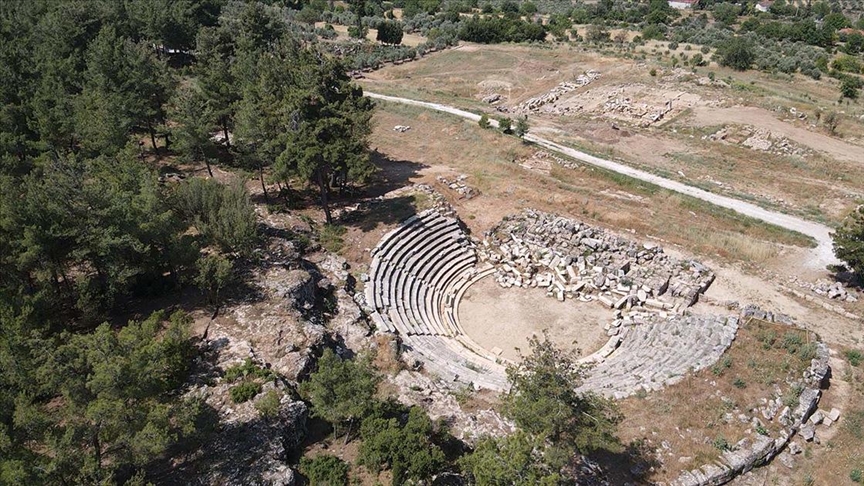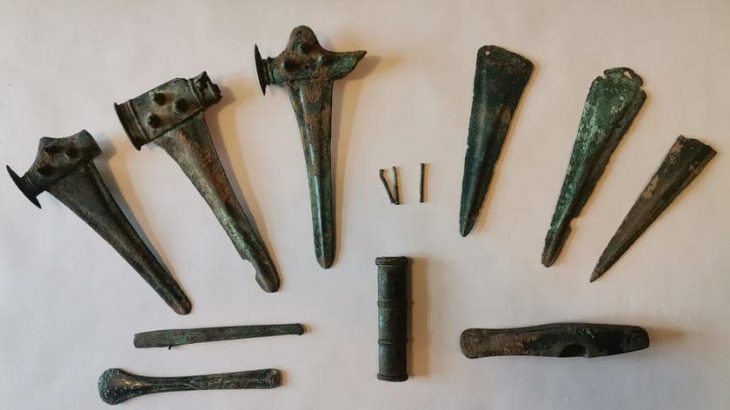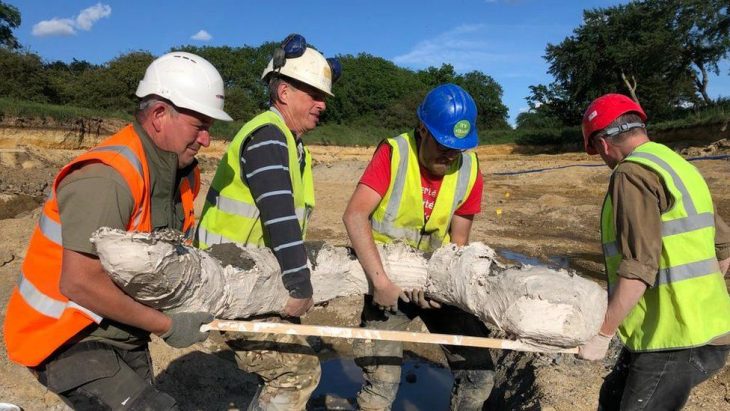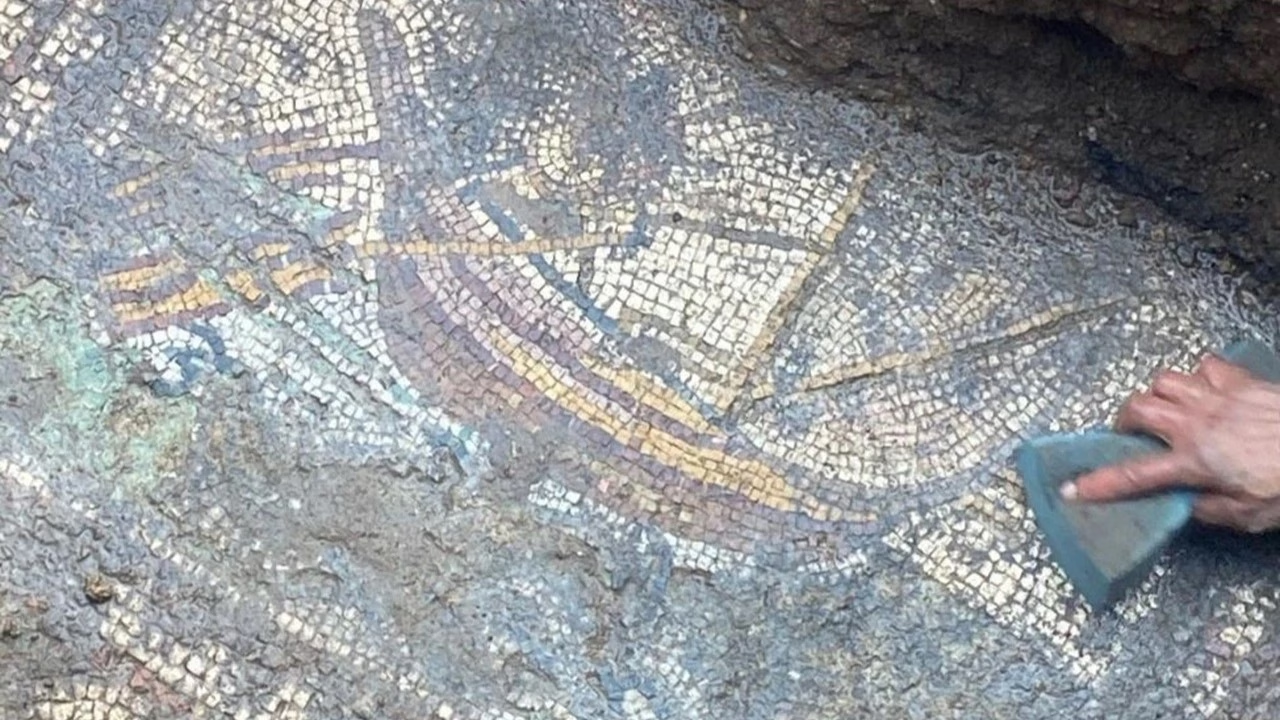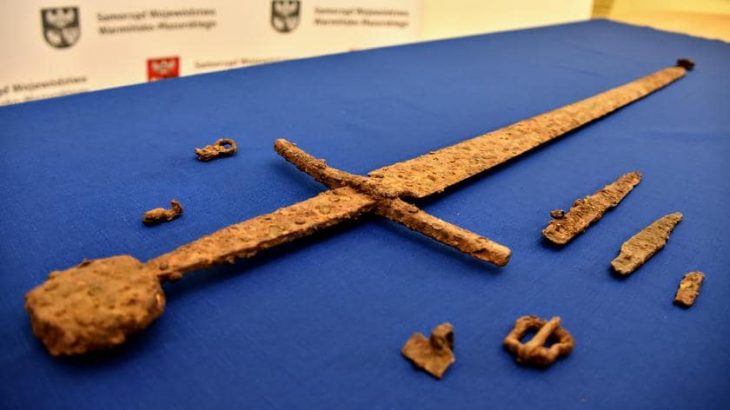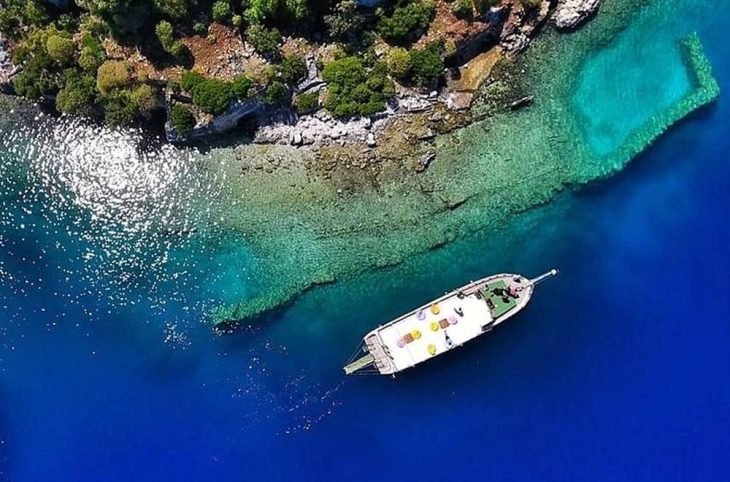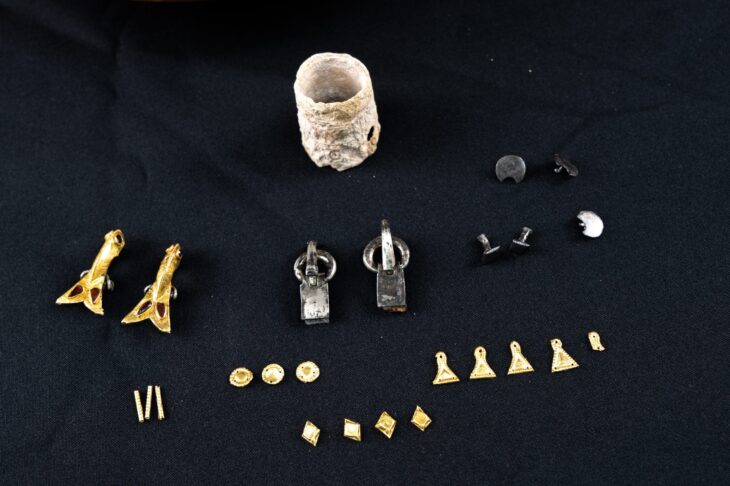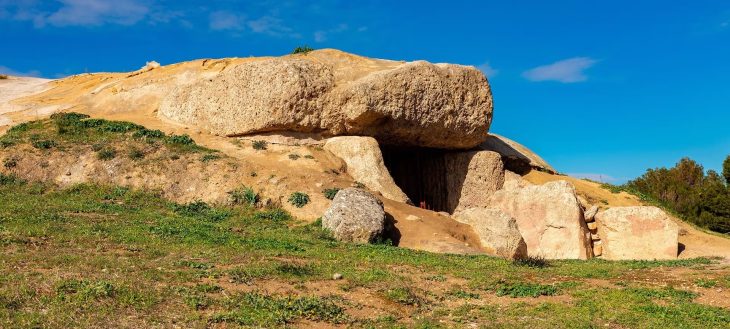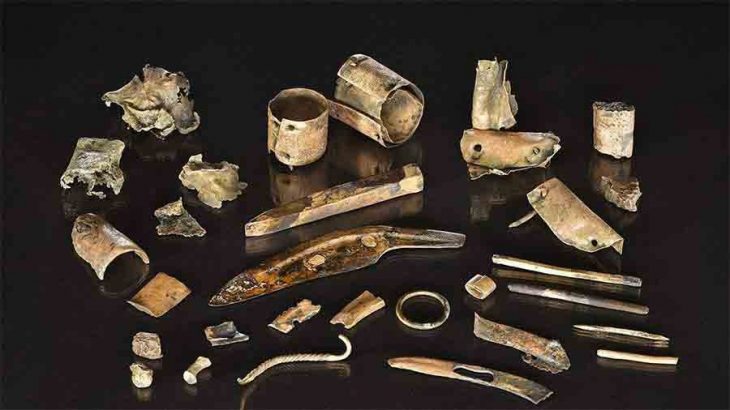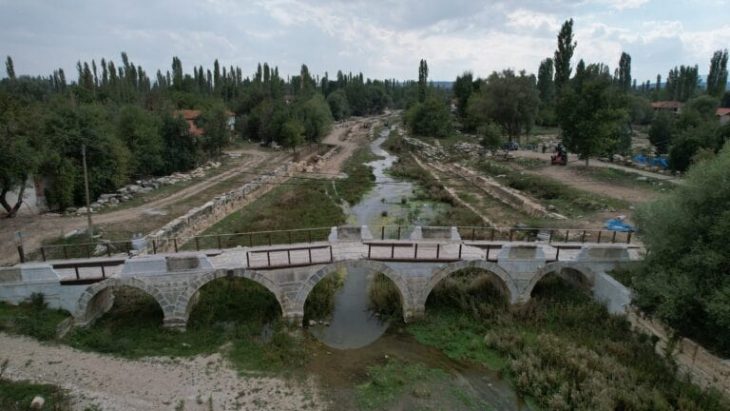A major archaeological discovery has been made in the ancient city of Hyllarima in southwestern Türkiye—the city’s central agora has been unearthed, revealing a network of long-hidden commercial shops.
As part of the ongoing excavation project, archaeologists will now begin digging in areas where the boundaries of these ancient shops have already been identified. These structures, believed to have played a vital role in the city’s economic life, are expected to offer significant insights into ancient trade and daily life.
Located in Muğla’s Kavaklıdere district, Hyllarima is a well-preserved ancient Carian settlement that dates back to the 4th century BC. Perched between two hills, the city was constructed using a highly organized urban layout and stone architecture that reflects the Classical, Hellenistic, and Roman periods. Despite being relatively lesser known, Hyllarima is considered one of the oldest and most strategically placed settlements in the interior regions of ancient Caria.
The ongoing excavations are carried out under the supervision of the Ministry of Culture and Tourism, with the support of Muğla Sıtkı Koçman University, the Muğla Museum Directorate, and local authorities. Over the past four years, researchers have uncovered various monumental structures including defensive walls, a marble-built theater, a council building, a public fountain, and now the central agora—the beating heart of Hyllarima’s public life.

According to excavation director Prof. Dr. Bekir Özer, the agora was the first space visitors encountered upon entering the city in ancient times. “This was not a small square,” Özer explains. “It connected the main street, the theater, and public buildings, and served as a vital center of trade and civic activity.”
📣 Our WhatsApp channel is now LIVE! Stay up-to-date with the latest news and updates, just click here to follow us on WhatsApp and never miss a thing!!
On the northern side of the agora, a series of rock-cut shops has been identified. These were originally constructed during the Hellenistic period and remained in use well into Roman times. Excavation of one of these shops is set to begin shortly, and researchers hope to recover artifacts and structural details that will help reconstruct the daily rhythms of commerce in ancient Hyllarima.
Preparing the Ancient City for Future Visitors
Following the excavation phase, restoration and conservation projects will be launched to protect the structures and allow for sustainable tourism. Remarkably, despite recent earthquakes, most of the architectural elements have remained intact, preserving the spatial experience of the ancient city.
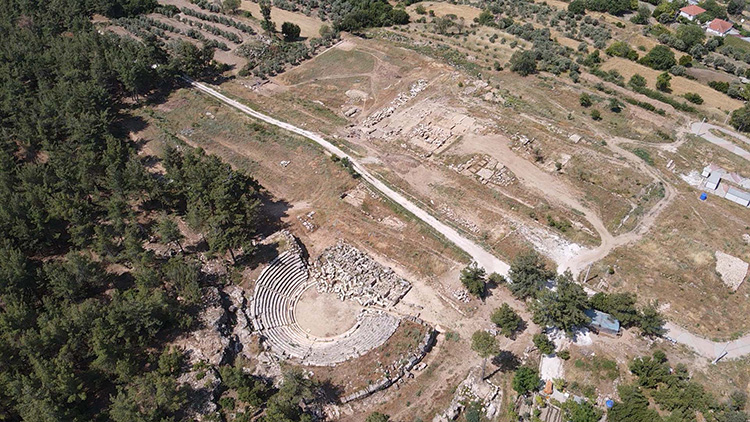
“Our ultimate goal,” says Özer, “is to restore the agora and allow visitors to spend time there, to understand and feel how this ancient city once lived and breathed.”
With every stone uncovered, Hyllarima is reclaiming its place in history—not just as an archaeological treasure, but as a living legacy of Anatolia’s rich past.
Cover Image Credit: AA

